London After Midnight (film)
7 /10 1 Votes
| 7/10 IMDb Genre Horror Duration Country United States | |||||||||||||||||||||||||||||||||
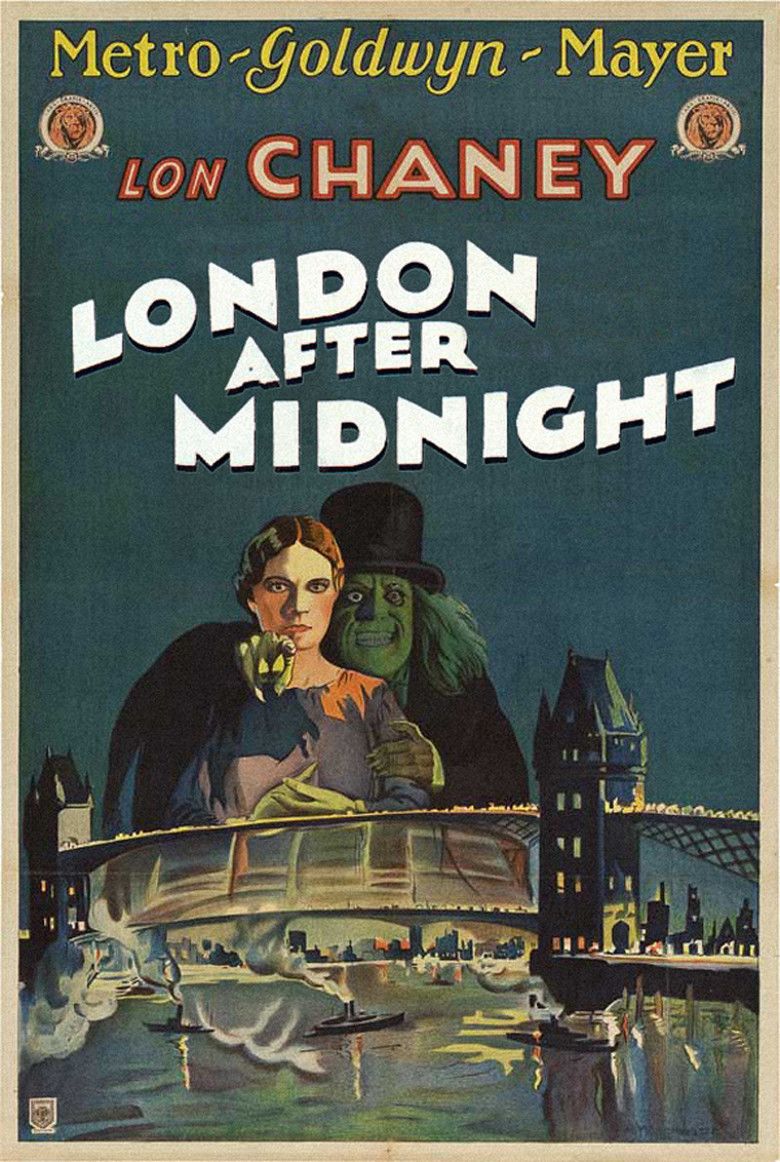 | ||||||||||||||||||||||||||||||||||
Release date December 3, 1927 (1927-12-03) (United States) Cast (Professor Edward C. Burke), (Lucille Balfour), (Sir James Hamlin), Percy Williams (Williams, Balfour's Butler), (Arthur Hibbs), (Miss Smithson, the New Maid)Similar movies Only Lovers Left Alive , Dracula's War , The Red Spectre , The Treasures of Satan , Bluebeard , The Haunted Hotel Tagline Lon Chaney in a great Scotland Yard Mystery | ||||||||||||||||||||||||||||||||||
London After Midnight, also known as The Hypnotist, was a 1927 American silent mystery film with horror overtones directed by Tod Browning and starring Lon Chaney, Marceline Day, Conrad Nagel, Henry B. Walthall and Polly Moran. The film was distributed by Metro-Goldwyn-Mayer, and was based on the short story "The Hypnotist" by Tod Browning, who also directed the film.
Contents
- London after midnight 1927 surviving film
- Plot
- Cast
- Reception
- Remake
- Reconstruction
- In popular culture
- References
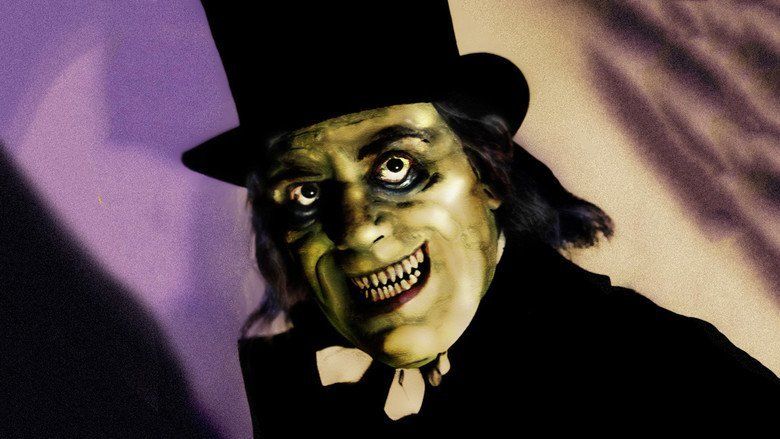
The last known copy of the film to exist was destroyed in the 1967 MGM vault fire, making London After Midnight one of the most famous and eagerly sought after of all lost films. In 2002, Turner Classic Movies aired a reconstructed version, produced by Rick Schmidlin, who used the original script and film stills to create this version.
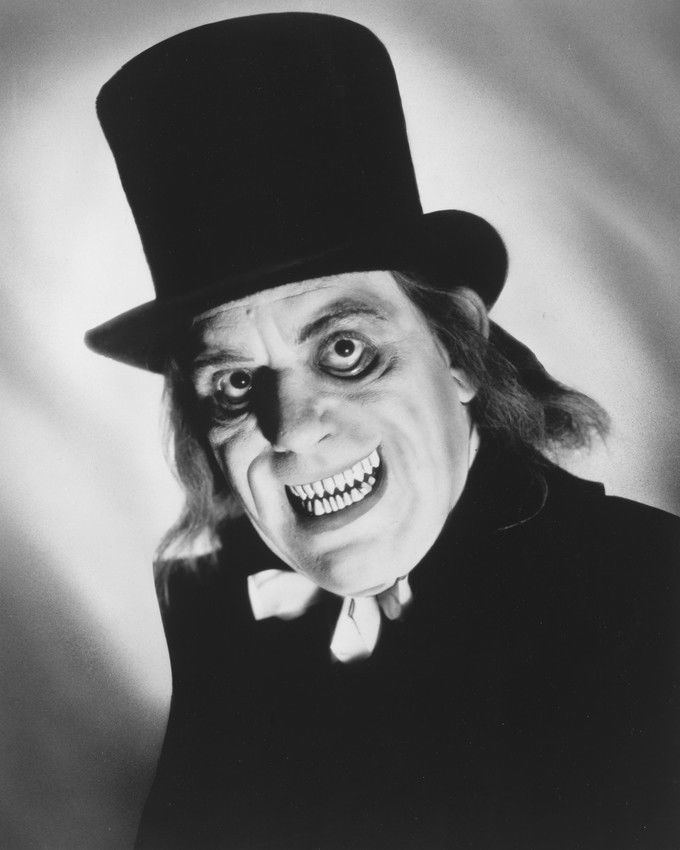
In 2014, the only contemporary poster known to exist for the film was sold in Dallas, Texas to an anonymous bidder for $478,000 making it the most valuable movie poster ever sold at public auction. (The 1932 film The Mummy had held the previous record for a poster's sale at public auction, selling for more than $453,000 in 1997.)
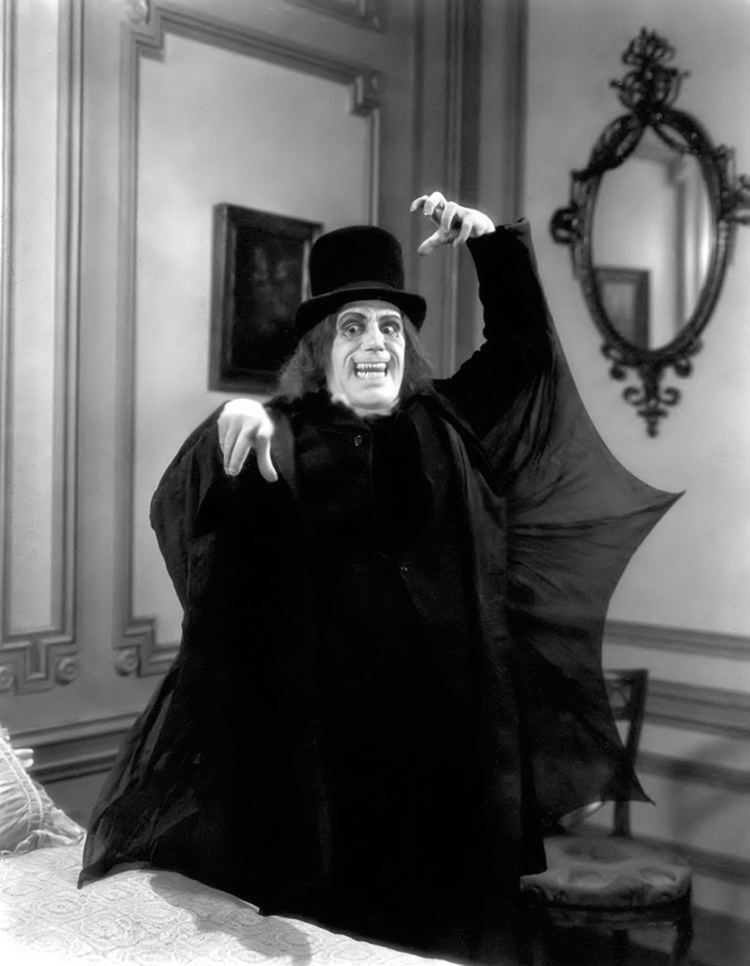
London after midnight 1927 surviving film
Plot
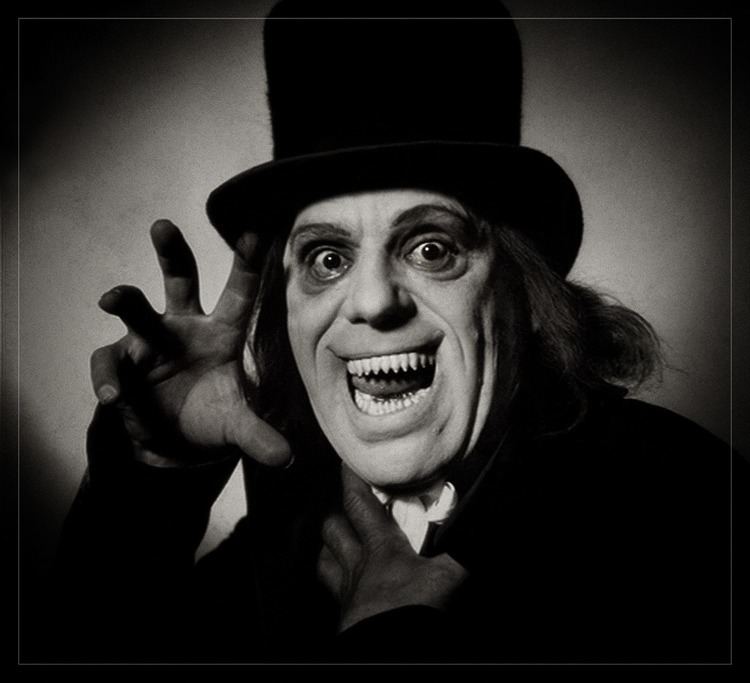
In a cultured and peaceful home on the outskirts of London, the head of the household, Roger Balfour, is found dead from what initially appears to be a self-inflicted bullet wound, despite the insistence of Balfour's friend and neighbor, Sir James Hamlin, that his friend would never have taken his own life. Nonetheless, Balfour's death is officially declared a suicide by an Inspector Edward C. Burke of Scotland Yard.

Some five years later, with the case still unresolved, a sinister-looking man dressed in black with pointed teeth arrives at the household accompanied by a cadaverous-looking woman in a long gown; the arrival of these two individuals prompts Sir James Hamlin, the friend and neighbor of the late Roger Balfour, to call Scotland Yard. This in turn prompts Inspector Burke to travel to the household, where he discovers that three individuals now present in the household had been the only three who had been present five years previously when Roger Balfour had died. Initially, Burke remains skeptical that any of these three individuals (Balfour's daughter, his butler, and Arthur Hibbs, the nephew of the neighbor who had placed the call to Scotland Yard) may have been involved in his murder, until Balfour's body disappears from its tomb, and an individual looking distinctly like him is seen around the household. This in addition to other eerie acts such as instances of singular gunshots being heard in Roger Balfour's former bedroom occurring in the household while Burke is there, and the sinister-looking man in black repeatedly terrifying those within the household prompts him to determine to identify Balfour's killer by reproducing the former crime scene, and using hypnosis to induce the culprit into re-enacting the murder.
Cast

Reception

The film grossed $721,000 at the box office domestically against a production budget of $151,666.14, becoming the most successful collaborative film between Chaney and Browning, and the tenth highest-grossing film of 1927. However, contemporary accounts by filmgoers and critics suggest it was not one of Chaney and Browning's strongest films. The storyline, called "somewhat incoherent" by The New York Times and "nonsensical" by Harrison's Reports, was a common point of criticism.
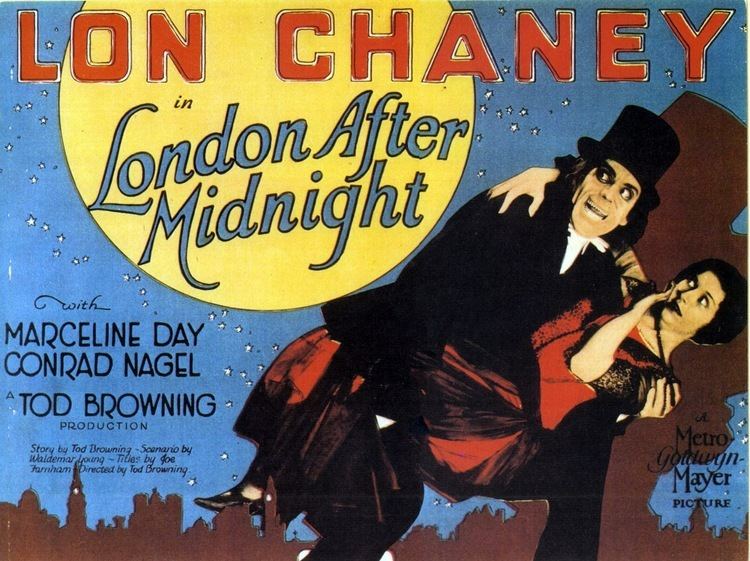
A positive review ran in Film Daily, calling it "a story certain to disturb the nervous system of the more sensitive picture patrons. If they don't get the creeps from flashes of grimy bats swooping around, cobweb-bedecked mystery chambers and the grotesque inhabitants of the haunted house, then they've passed the third degree.".
The Warren Tribune noted that Lon Chaney is "present in nearly every scene, in a dual role that tests his skill to no small degree." The review highlighted that this subdues Chaney's prominence and allows the plot to be better communicated, but it also causes the film to "not rank among his best productions."
A review by The Brooklyn Daily Eagle noted: "It is pleasant to report also that there is none of the usual stupid comedy relief in London After Midnight to mar its sinister and creepy scheme. That ought to make it the outstanding mystery film of the year." It however found fault in Tod Browning's direction because the film's atmosphere did not recapture "the intensely weird effect" found in The Cat and the Canary.
Variety wrote that "Young, Browning and Chaney have made a good combination in the past but the story on which this production is based is not of the quality that results in broken house records, adding that, since Burke was "a detached character, mechanical and wooden", he failed to meaningfully connect with the audience.
The New Yorker also wrote that the "directing, acting and settings are all well up to the idea," but "it strives too hard to create effect. Mr. Browning can create pictorial terrors and Lon Chaney can get himself up in a completely repulsive manner, but both their efforts are wasted when the story makes no sense."
Film historian William K. Everson, who viewed the film in the early 1950s, called it "routine" and inferior to the 1935 remake Mark of the Vampire.
Remake
Tod Browning remade the film as a sound film in 1935. This film, called Mark of the Vampire starred Lionel Barrymore and Bela Lugosi in the roles Lon Chaney had performed in London After Midnight.
Reconstruction
In 2002, Turner Classic Movies commissioned restoration producer Rick Schmidlin to produce a 45-minute reconstruction of the film, using still photographs. The following year, the reconstructed version was released as a part of The Lon Chaney Collection DVD set released by the TCM Archives.
In popular culture
A novelization of the film was written and published in 1928 by Marie Coolidge-Rask.
The film was used as a part of the defense for a man accused of murdering a woman in Hyde Park, London in 1928. He claimed Chaney's performance drove him temporarily insane, but his plea was rejected and he was convicted of the crime. Electric Sheep Magazine republished The Times account which stated, "[the prisoner] thought he saw Lon Chaney, a film actor, in a corner, shouting and making faces at him. He did not remember taking a razor from his pocket, or using the razor on the girl or on himself."
This film also played a big part in the final third-season episode of the TV series Whitechapel where a psychopath is driven insane by watching a previously-unknown last copy of London After Midnight. After watching it for one last time, he hands it over to one of the police and asks him to protect it.
There is a card game called London After Midnight, inspired by classic horror movies.
There is an industrial-goth-rock band called London After Midnight.
The song "Bodom after midnight", from the metal band Children of Bodom references the movie.
The Man in the Beaver Hat was used as the design basis for the Hatbox Ghost during his short run in Disneyland's Haunted Mansion attraction.
The Man in the Beaver Hat was also an inspiration for the design of the Babadook in the 2014 psychological horror film The Babadook.
References
London After Midnight (film) WikipediaLondon After Midnight (film) IMDbLondon After Midnight (film) themoviedb.org
